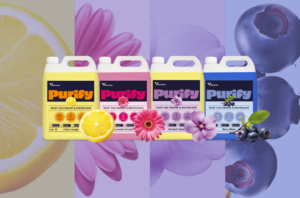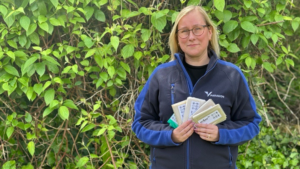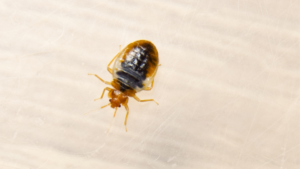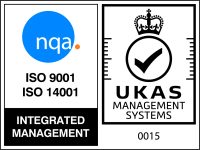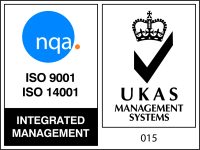Cleaning: What Is It?
As a process, cleaning is undertaken by hygiene professionals on a daily basis. From space to space and surface to surface, they are relied upon to safeguard hygiene standards within a facility or a site. While it is often bandied about, cleaning – as a term – is both vague and distinct in its meaning. The bedrock of any hygiene regimen, cleaning may mean different things to different people, but not necessarily the same thing to everyone. This is why – when it comes to cleaning – a well-informed and experienced professional will know the meaning and the value of this most basic yet all-important procedure.
Cleaning: Definitions and Perceptions
The British Institute of Cleaning Science (BICSc) explains that cleaning involves the removal of any visible dirt, soil or debris from a surface. The removal of soil can be undertaken by any means – be it vacuuming, mopping or wiping. For some cleaners as well as the clients they serve, however, it is understood that there is often ambiguity when it comes to defining exactly what cleaning means as a hygiene procedure. This phenomenon is also acknowledged by Cleaning Maintenance & Management, which clarifies that, when it comes to clean, perception and understanding – from both the client’s and the cleaner’s perspective – is everything.
As it explains, cleaning isn’t necessarily guaranteed just because a product is applied to a surface which is then wiped. The outlet also adds that – in order to ensure that a surface is free from physical dirt or soil – it is important to choose the right product as matching the wrong cleaning product to a surface will leave behind residue. This residue, it explains, will only attract more dirt.
Cleaning: What it Cannot Do
By the nature of what it is intended to do, cleaning is not a substitute for certain other specific hygiene procedures – namely, disinfecting, sanitising or sterilising. The Infection Prevention Strategy (TIPS) website highlights the fact that, as a process, cleaning can be an integral part of preserving and enhancing hygiene control measures. However, knowing the difference between these various procedures and when to use them is vital in safeguarding hygiene standards.
Explaining the finer points between these various processes, CleanLink clarifies, “Cleaning a surface simply removes visible debris, dirt and dust. Sanitising a surface makes that surface sanitary or free of visible dirt contaminants that could affect your health. Sanitising is meant to reduce, not kill, the occurrence and growth of bacteria, viruses and fungi. Disinfecting a surface will “kill” the microscopic organisms as claimed on the label of a particular product.” As the outlet further states, cleaning – depending on the task at hand – may not be the best option for a given surface. For example, it clarifies that a cleaner may wish to simply clean low-risk areas like windows and floors. However, cleaning alone may not be the most appropriate treatment for high-touch surfaces like door handles or food prep areas, which should be disinfected in order to prevent cross-contamination.
Cleaning: A Foundation for Hygiene
While it is an appropriate and effective standalone procedure for low-risk areas and surfaces, cleaning serves as the all-important bedrock of the two-stage cleaning process, the second step of which is disinfection. In fact, without cleaning – as Services explains – there can be no disinfection. The outlet adds that, “Germs can hide underneath dirt and other material on surfaces where they are not affected by the disinfectant. Dirt and organic material can also reduce the germ-killing ability of some disinfectants.” Likewise, the UK’s Food Standards Agency (FSA) reminds cleaners that, “Chemical disinfectants only work if surfaces have been thoroughly cleaned first to remove grease and other dirt.”
Cleaning is, after all, the foundation of any hygiene routine and precisely the task that cleaners are professionally trained to undertake. When understood and carried out properly, this most basic of procedures can protect and even enhance the overall hygiene of a facility.




